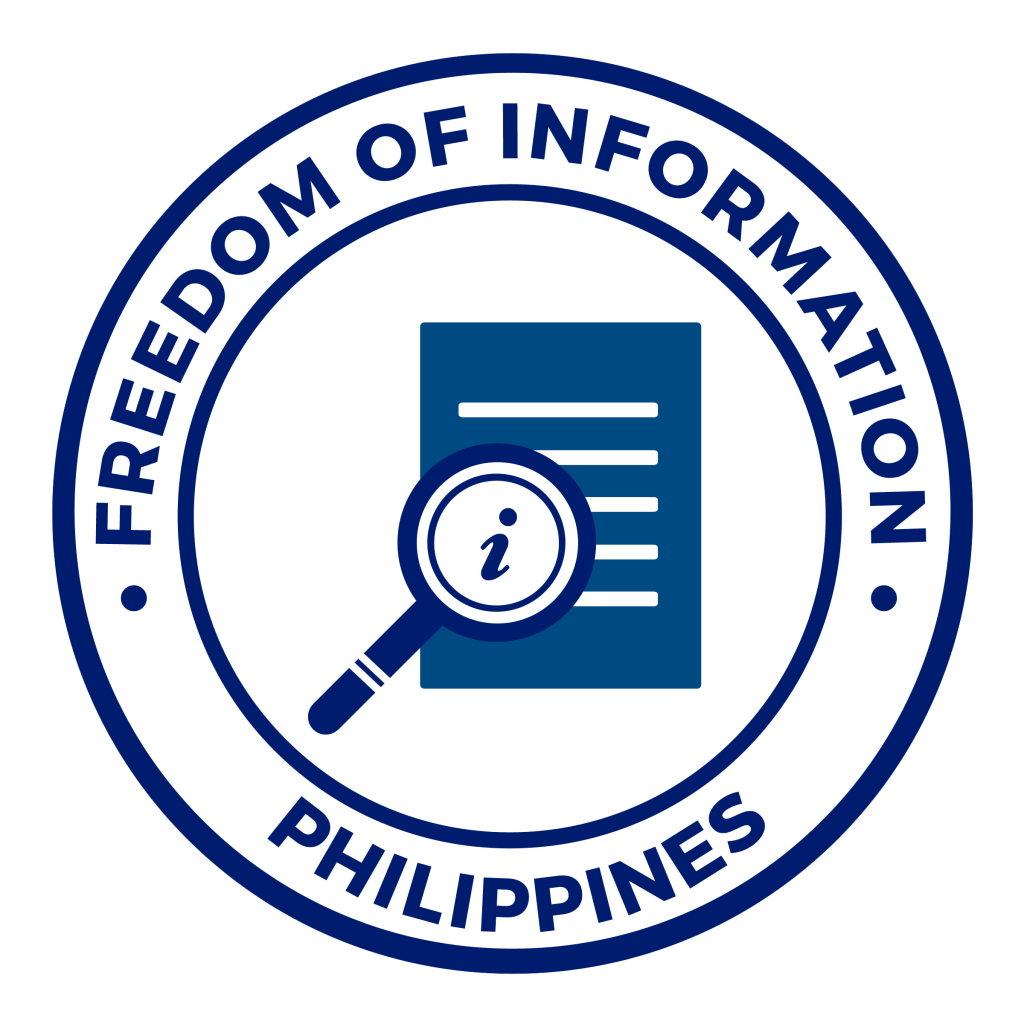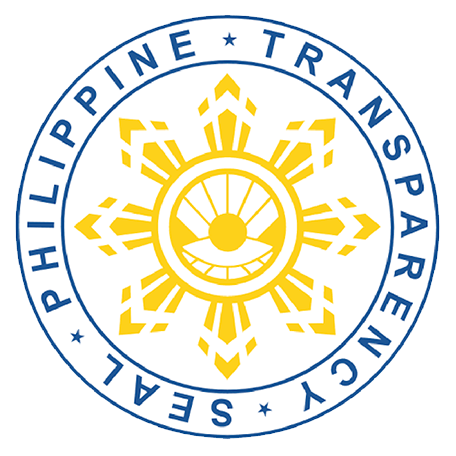Glossary of Terms
Under Construction
It is the sum total of the knowledge, skill, and practices based on the theories, beliefs, and experiences indigenous to different cultures, whether explicable or not, used in the maintenance of health as well as in the prevention, diagnosis, improvement or treatment of physical and mental illnesses.
References
World Health Organization
Or “alternative medicine” refers to a broad set of health care practices that are not part of that country’s own tradition or conventional medicine and are not fully integrated into the dominant health-care system. They are used interchangeably with traditional medicine in some countries.
References
World Health Organization
Includes herbs, herbal materials, herbal preparations and finished herbal products, that contain parts of plants, or other plant materials, or combinations.as active ingredients
References
World Health Organization
Refer to in vitro and/or in vivo tests that are done to determine the biological or toxicological property of a test substance. These studies are prerequisite to human studies
References
Dayrit 2014
Refer to studies involving human subjects that are aimed at determining the safety and/or efficacy of a test substance. These also include studies to determine the dosage range or the disposition of the test substance in the human body.
References
Dayrit 2015
acting to prevent or counteract the accumulation of lipids in the blood
a substance that is effective against high blood pressure
preventing or inhibiting platelets from adhering to each other
counteracting inflammation
capable of preventing or relieving spasms or convulsions
destroying or inhibiting the growth of microorganisms and especially pathogenic microorganisms
progressive destruction of bone or tooth
An agent producing diminished sensation to pain without loss of consciousness : a drug that is used to relieve pain and produce analgesia
cough suppressant
preventing or alleviating fever
excess uric acid in the blood
An Act creating the “Philippine Institute of Traditional and Alternative Health Care (PITAHC)” to accelerate the development of traditional and alternative health care in the Philippines or otherwise known as “Traditional and Alternative Medicine Act (TAMA) of 1997”.
a group of diverse medical and health care systems, practices, and products that are not presently considered to be part of conventional medicine.
the traditional medicine that originated in China, and is characterized by holism and treatment based on pattern identification/ syndrome differentiation
that discipline of medical care advocating therapy with remedies that produce effects differing from those of the diseases treated; also called ‘allopathy’, ‘western medicine’, ‘regular medicine’, ‘conventional medicine’, ‘mainstream medicine’, ‘orthodox medicine’, or ‘cosmopolitan medicine’.
refer to other forms of non-allopathic, occasionally non-indigenous or imported healing methods, though not necessarily practiced for centuries nor handed down from one generation to another; includes reflexology, acupuncture, massage, acupressure, chiropractic, nutritional therapy, yoga, tai chi, qi gong, prayer, reiki, pranic healing, mindfulness meditation, biofeedback, hypnosis, dance and other movement therapies, art and music therapy and other similar methods.
a comprehensive system of health care using traditional Chinese medical theory and its unique methods of diagnosis and treatments, for the promotion, maintenance and restoration of health and the prevention of disease. Its treatments techniques include, but are not limited to, the insertion of acupuncture needles through the skin and the use of other biophysical methods, e.g. the use of heat, oriental massage techniques, electrical stimulation, herbal supplemental therapies, dietary guidelines, breathing techniques, exercise, cupping, dermal friction, and acupressure based on traditional Chinese medical principles.
process of issuing certificates requiring education and testing that assures the competency of practitioners and trainers, administered by PITAHC and other PITAHC accredited institutions.
process of issuing certificates to training program, centers and clinics upon compliance with a prescribed set of requirements
a summary of the standards by which acupuncturists agree to conduct their practice and is a declaration of the general principles of acceptable, ethical, professional behavior.
evaluation of documents submitted as evidences of experiences such as acupuncture training, work contract, certification from employers or agencies and other similar documents for review by PITAHC
a practitioner of acupuncture who has also been licensed by the Philippines’ Professional Regulatory Commission (PRC) to practice medicine in the Philippines as a physician.
a distinct method of healing, underpinned by a philosophical perspective which recognizes that all living forms possess a self-regulatory, inherent ability for self-healing. This inherent ability, or vital force, operates in an intelligent, orderly fashion. Naturopathic approaches to health care are aimed at supporting and enhancing the body’s own ability to heal itself.
is a philosophy of health and a formal system of diagnosis and of drug therapeutics that aims to stimulate the body’s own natural healing capacity, developed by Samuel Christian Friedrich Hahnemann in 1797. Homeopathy comes from the Greek homios (“similar”) and pathos (“suffering” or “sickness”). The fundamental law upon which homeopathy is based is the law of similars, or “Like is cured by like” – in Latin, similia similibus curentur. The law of similars states that a remedy can cure a disease when a substance produces in a healthy person, symptoms similar to those of the disease. The law of similars enables the physician to select the one medicine (the simillimum) that the remedy induces.
A practitioner of homeopathy, not licensed by the Philippines’ Professional Regulatory Commission (PRC) to practice medicine in the Philippines as a physician, but who has completed the prescribed homeopathy course in a learning institution accredited by the PITAHC National Certification Committee for Homeopathy.
A scientific therapeutic system in which complex homeopathic medications are used to treat conventionally diagnosed conditions. It is a bridge between classical and conventional pharmacology. It is a method of detoxification on the physical level in an organism, which is loaded with toxins. Dr. Hans Heinrich Reckeweg, German, developed the theory of homotoxicology in the 1950’s.
The science and art of the ancient Filipino healing tradition grounded on the principle of balance of the physical elements, together with the mental, emotional, and spiritual aspects of the person, with the use of manipulations for the prevention of disease and for the restoration and maintenance of health and well-being. it includes the use of medicinal plants and bulong/orasyon.
The practitioner of Hilot, usually self-taught or non-formally trained by another manghihilot in accordance with Hilot principles
The practitioner of Hilot who underwent formal training from an accredited Hilot training center/institution
It is a health care profession concerned with the diagnosis, treatment and prevention of disorders of the neuro-musculoskeletal system and the effects of these disorders on general health. There is an emphasis on manual techniques, including joint adjustment and/or manipulation, with a particular focus on subluxations.
A duly-registered and licensed health care professional engaged in the practice of chiropractic, concerned with health issues of the neuro-musculoskeletal system and the effects of these disorders on general health. There is an emphasis on manual techniques, including joint adjustment and/or manipulation, with a particular focus on subluxations.
Any chiropractic therapeutic procedure that ultimately uses controlled force, leverage, direction, amplitude and velocity, which is applied to specific joints and adjacent tissues. Chiropractors commonly used such procedures to influence joint and neuro-physiological function.
The study of structural, functional and mechanical aspects of human motion. It is concerned mainly with the external forces of either a static or dyanmic nature, dealing with human movement.
The sudden manual application of a controlled directional force upon a suitable part of the health care consumer, the delivery of and adjustment.
An ancient Chinese therapeutic technique for treating and preventing diseases. It is a manipulative massage technique that employs the use of hands or any other part of the limb and applied to an acupuncture point or part of the body to maintain or restore yin and yang balance. It includes techniques such as pushing (Tui) and grasping (Na) of soft tissue, that are specific to the practice of TCM and are guided by its principles.
The state whereby an articulation has become fully or partially immobilized in a certain position, restricting physiological movement.
A manual procedure involving directed thrust to move a joint past the physiological range of motion, without exceeding the anatomical limit
Pertaining to the musculoskeletal and nervous system in relation to disorders that manifest themselves in both the musculoskeletal and nervous systems, including disorders of a biomechanical or functional nature.
The act of feeling with the hands. The application of variable manual pressure through the surface of the body for the purpose of determining the shape, size, consistency, position, inherent motility and health of the tissue beneath.
includes all procedures where the hands or mechanical devices are used to mobilize, adjust, manipulate, apply traction, massaget stimulate or otherwise influence the spine and paca—spinal tissues with the aim of influencing the chiropractic health care consumer’s health
A lesion or dysfunction in a joint or motion segment in which alignment/ movement, integrity and/.or physio.logical function are altered, although contact between joint surfaces remains intact. It is essentially a functional entity, which mav influence biomechanical and neural integrity. This definition is different from the current medical definition, in which subluxation is significant structural displacement, and therefore visible on static imaging studies .
A theoretical model and description of the motion segment dysfunction, which incorporates the interaction of pathological changes in nerve, muscle, ligamentoust vascular and connective tissue.



